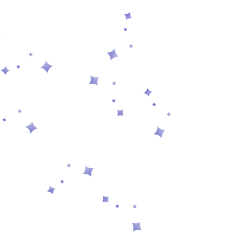For a while now – and by while, I mean well past a year – there have been talks about a major paradigm shift in the realm of photo editing; one that has been immensely affected by artificial intelligence and discussed under a broad topic conceptualized as the image enhancement revolution by AI.
Sounds like a major change to some while others haven’t yet fully grasped the idea. Let’s take a moment, shall we, to examine the latest trends in real estate image enhancement and see how AI-powered platforms are prepared for a real real estate image enhancement.
Image Enhancement Techniques: Complete Overview
The question here, thoguh, is how image enhancement is done. What changes are applied to those pictures? In what order are they applied? And is it possible to follow a one-size-fits-all recipe for all images?
The image enhancement revolution by AI hasn’t happened overnight. The data preparation stage requires gathering lots of images and then applying multiple changes to them. Seemingly an arduous task that’s made quite effortless and magical once your down with the development stage.
White balancing
A typical photo needs several modifications to look its best, and one of the first modifications in image enhancement is white balancing. White balancing, in simple terms, means adjusting the color temperature so that the image looks more natural.
Removing unrealistic color casts and adding to the whiteness of white walls and roofs to make them brighter are two common practices in white balancing.
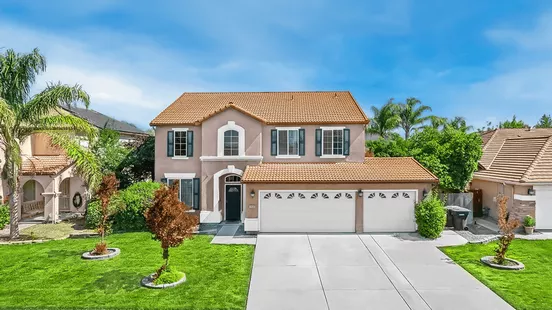
Shadow removal
The next step is to remove unwanted shadows that darken the photo. Using certain software such as Photoshop or Luminar, unwanted shadows can be removed so that our photo looks brighter and more beautiful.
Color grading
Color grading is a well-known image enhancement technique that modifies and improves the colors in your photo. In doing so, the hue, brightness, and saturation – which refers to the density of color in the image – undergo a certain level of modification, giving the picture an amazingly appealing look.
Super-resolution enhancement
In certain cases, a real estate photo has poor resolution. This might be due to improper ISO, aperture, exposure, or a combination of the three. In such cases, super-resolution enhancement is the best treatment.
This involves creating a copy of a poor-resolution image with doubled linear resolution. To put it another way, the enhanced image will have twice the height and width of the original photo. In terms of pixel count, the enhanced image has four times as many pixels as the original photo.
Tone adjustment
Tone adjustment refers to the process of altering the tonal values of an image to achieve a desired look or to correct any exposure or color imbalances. It usually involves manipulating the brightness, contrast, and overall tonal distribution of the image. The right tone gives a highly inviting feel to the photo.
De-noising
In terms of photography, noise is a distortion that looks like grainy patterns or irregular specks in images. It is the result of high ISO, compression, or low light.
After identifying noise in a given image, the editor employs a neural network, much like the neurons in our brains, to reconstruct the affected part. To do so, it relies on various noisy and reference signals provided by the software.
Window-related modifications
When there are windows in the photo, extra changes are in order. There is a major difference, in terms of exposure to light, between the two sides of the window. Usually, what is beyond the window is not clearly observable because of the light on that side.
By increasing the color of the objects beyond the window and reducing the light, the picture looks much nicer, and you can achieve absolute homogeneity in the photo.
HDR bracketing
In cases where there are several photos of the same place and from the same perspective (but with different exposures), HDR bracketing is the way to go. Merging those photos, the photographer/editor obtains the best possible final look for a single photo.
Distortion removal
Distortion, in simple terms, refers to the degree of skewness in images that are usually caused by imperfections in camera lenses. It is interesting to note that all images, no matter the lens quality, are to some extent distorted because of:
- The way the camera sensor reflects the image;
- The amount of refracted light; or
- Natural curvature in the lens.
Note: To fix distortions or waviness that are visible to the naked eye, AI systems employ Spacial Transformer Networks (STN) and restore the lighting to its original state.
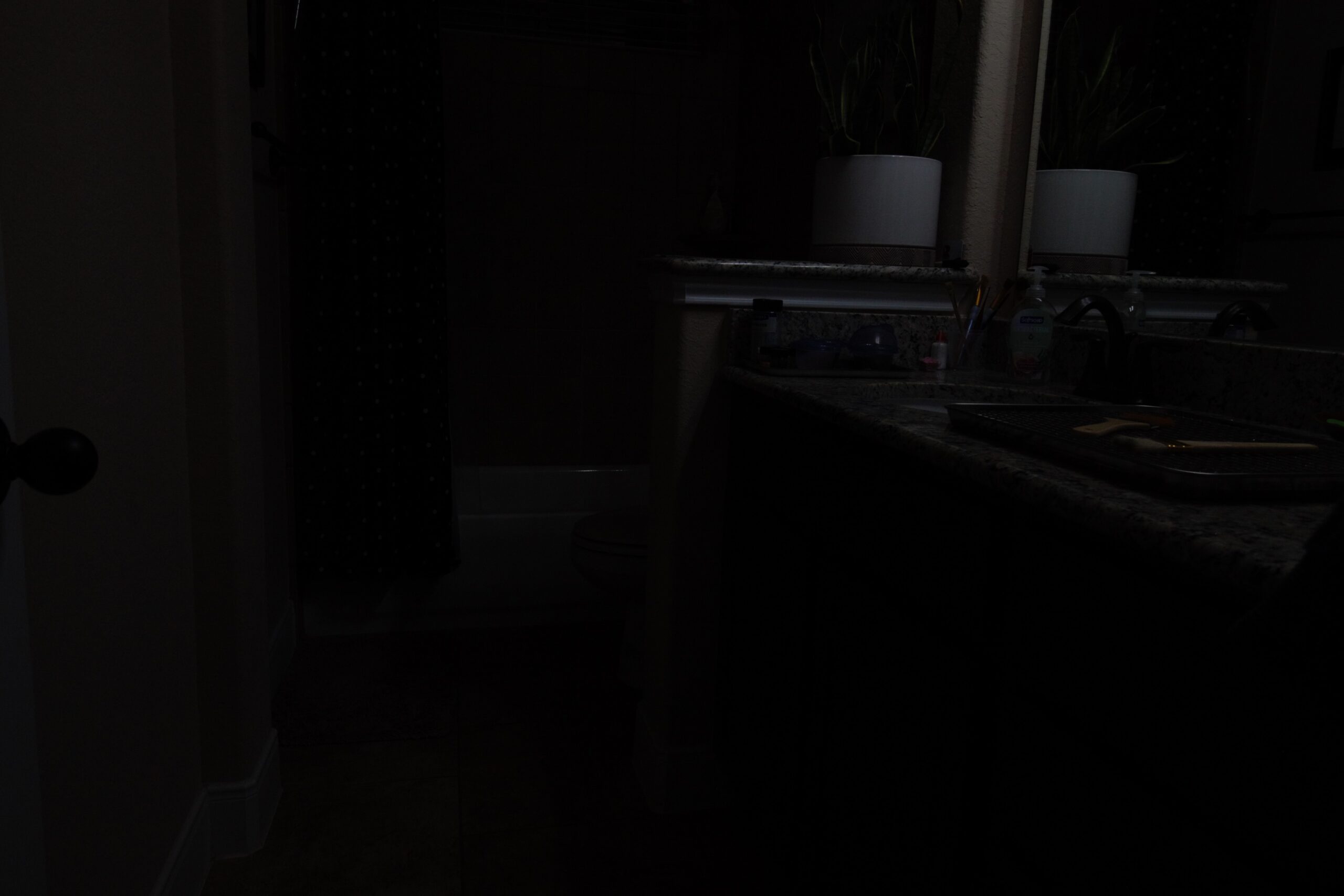
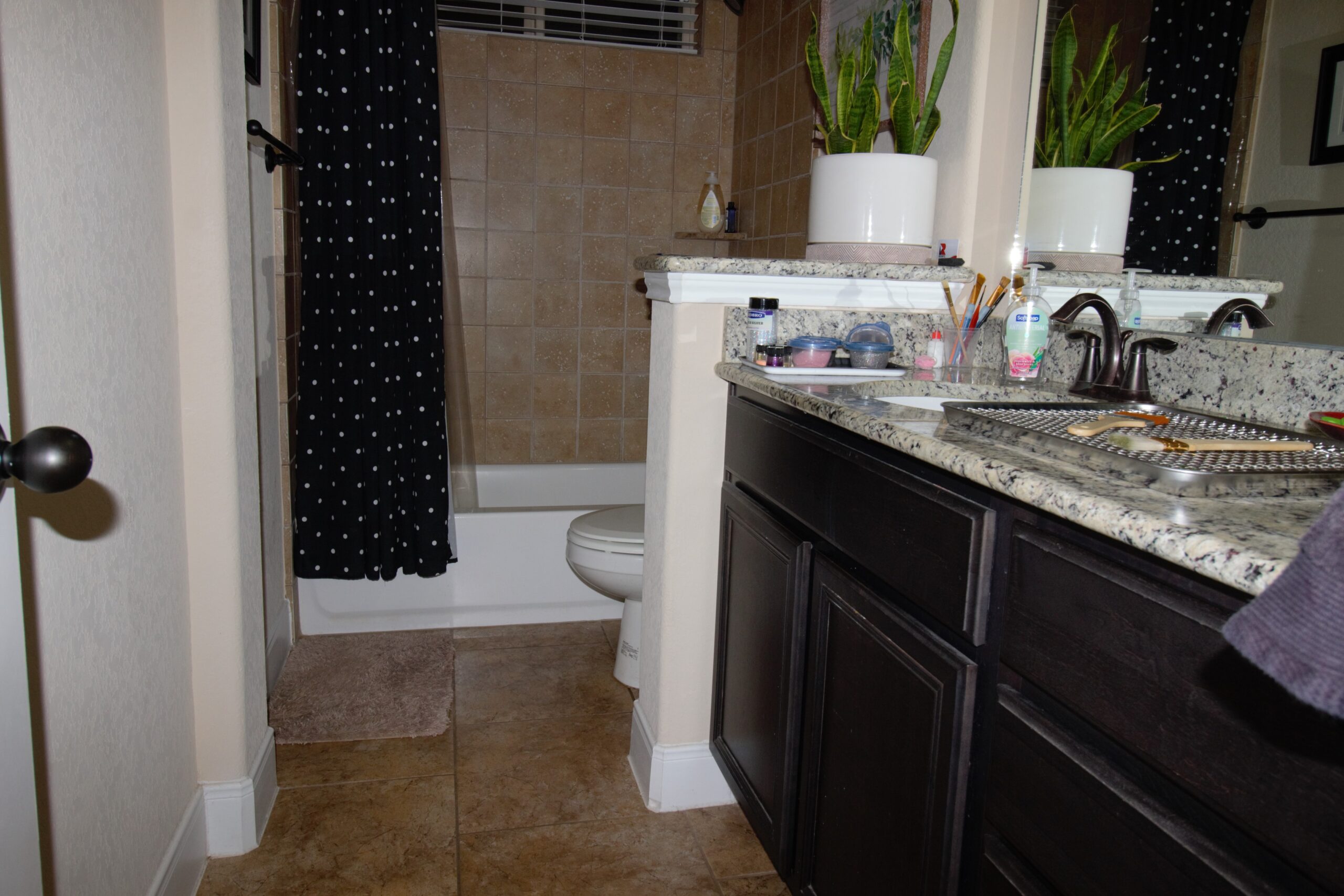
Developing AI Systems for Image Enhancement
If you want to know only one thing about AI systems, you should know that they are highly data-dependant. Without data, artificial intelligence is anything but useful.
Although there are nuances to be considered, well-structured data-feeding is the key to the success of the image enhancement revolution by AI. By providing AI systems with good examples of images (especially before/after images) and properly tagging them, they learn to recognize low-quality images and turn them into stunning ones. Here’s how it’s done.
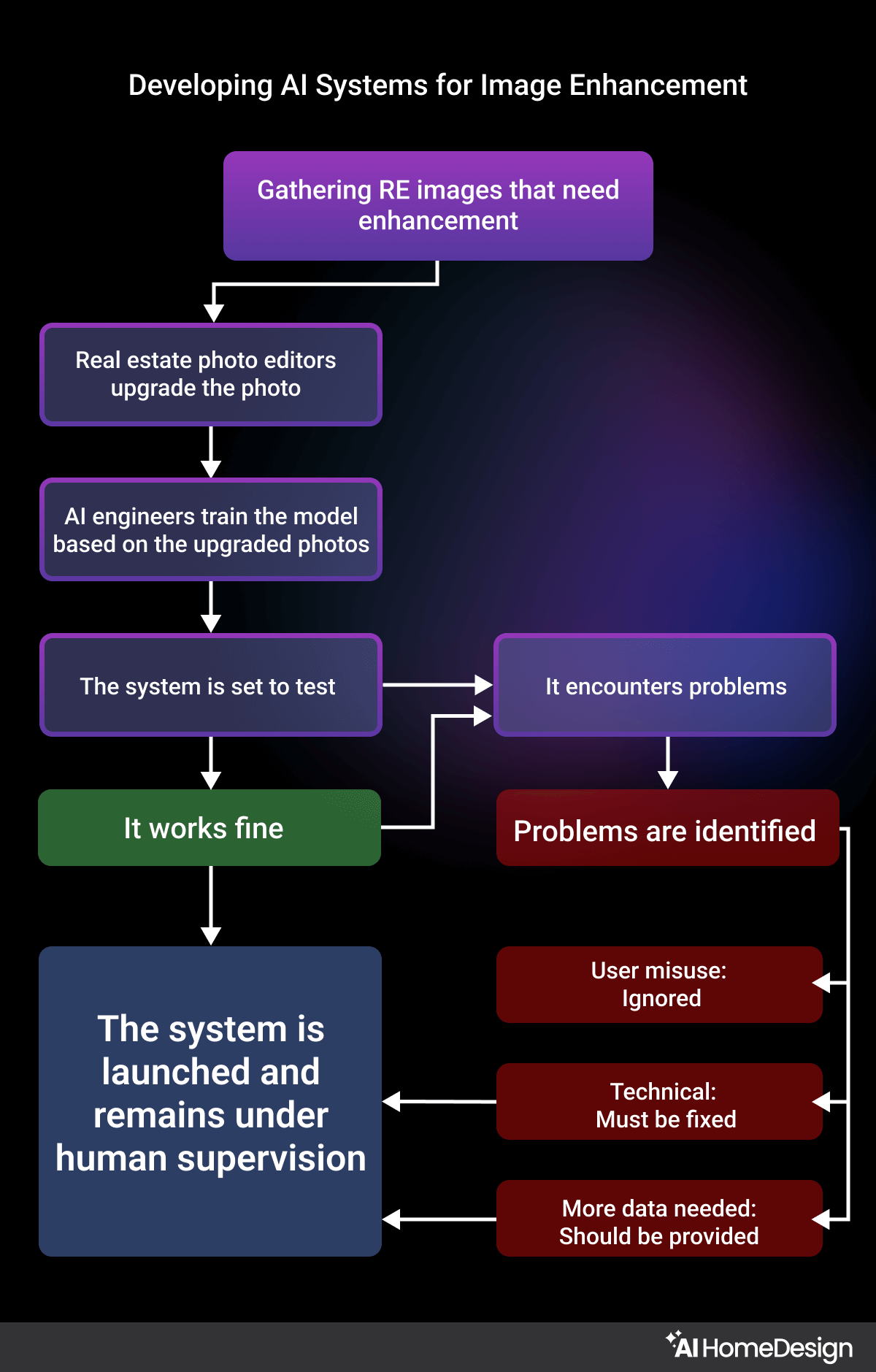
Data gathering & data tagging
To create a strong database, hundreds of thousands of real estate images are gathered and classified. The engineers then train the model to apply the modifications explained above ( one modification at a time).
In doing so, through trial and error, the system learns to remove shadows, adjust tones, etc. In the end, when the system has learned to simultaneously apply all these modifications to a real estate photo, it’s ready to be tested.
Putting the system to the test
Every AI system is prone to making mistakes at first. This is also true about AI systems that are trained to perform image enhancement.
When a system fails to apply the desired changes to a given photo, the errors it encounters are recorded in its memory so that the developers can work on those errors and eventually remove them.
Retaining AI models for image enhancement
Generally, any AI-powered image enhancement website may encounter two types of problems discussed below:
- Technical website issues: Imagine you’ve uploaded a photo to an online service and clicked on “Generate” for enhancement. The result? Nothing happens or you get the same photo without any changes applied to it. What’s the reason here? Quite probably, a technical issue has occurred with which the programmers should deal. In such cases, AI engineers should step aside and let the website developers deal with the problem.
- New input for the website: What happens when a user uploads a photo from a snow-covered house, but the website hasn’t been trained to identify, analyze, and enhance such photos? Well, as image enhancement is mostly concerned with improving the brightness of photos, the system may still do a good job of enhancing the brightness, but that new element in the picture will leave its mark somewhere.
In such cases, AI engineers start gathering and tagging new data to feed to the system. When the system is sufficiently equipped, it should be entered into a testing phase to examine its performance regarding such images.
With some errors, it might take an hour or two for the developers to help the system overcome the problem. At other times, the system may need months to operate properly. Anyhow, this trial and error phase is repeated over and over until the system shows outstanding performance.
Why Real Estate Image Enhancement
It’s truly affordable
Listing a property has its fair share of costs. As far as marketing the property is concerned, ai image enhancement is one of the most affordable means to elevate the quality of showcasing your property. Instead of paying a fortune to get your property filmed or photographed, you just need to shoot some photos and enhance their quality on a smart, online platform that is powered by artificial intelligence for as little as $0.5 per photo.
It highlights the selling points
Let’s say you have a small pool in the backyard with the gentle shade of trees and colorful flowers surrounding it. This is a great selling point whose very idea is always nice, wouldn’t you say? But if you took a hundred pictures of the place, there’s the possibility that something is always missing.
One time, the sky above is too depressing. At others, the scorching sun gives an unwanted burning feel to the environment, or the trees might not look as lively as they should.
Enhancing the quality of your property images will wipe away such features, and the property will look its best, hence highlighting the selling points.
It attracts more buyers
The bright shiny pictures shared on online listings provoke a strong feeling in the viewers that this property is the one. By viewing those high-quality pictures, they are tempted to visit the place and have a closer look. This opportunity will definitely improve your chances of selling the property in a shorter time.
It promises a better deal
After taking a good look at those photos, buyers check the price considered for the house. When they like the property so much that they decide to visit it in person, it means they are more likely to pay the considered price. Therefore, those stunning images will help lower the financial guard of buyers and allow you to put a slightly higher price on the property.
What’s the Verdict?
Clearly, training an AI model for image enhancement is a demanding job. Months of hard teamwork is inevitable, and even after launching the model, constant supervision and improvement are absolute necessities.
Benefiting from the knowledge and expertise of more than 40 website programmers, real estate photo editors, graphic designers, and AI engineers, we have prepared the best AI-powered platform where you can enhance your real estate photos with the highest possible quality.
FAQ
As far as efficiency is concerned, it is safe to say that AI-driven image enhancement is much more efficient than traditional methods since there is much more variety here.
Time-wise, the two methods are not comparable at all. Real estate image enhancement used to take hours to complete, but now, it’s only – and truly – a matter of seconds.

